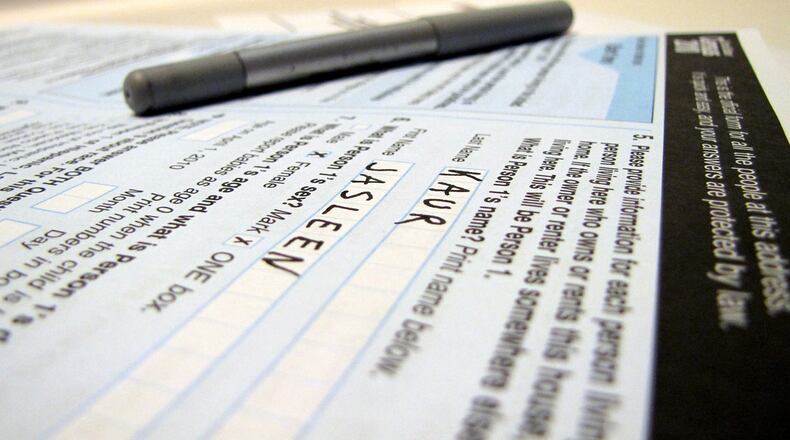That trip to work might get a little longer as Atlanta is on pace to reach a record in its population next year.
Atlanta’s population could reach a half-million by 2020, according to U.S. Census data published last week. In 2018, the city had an estimated population of 498,044 — up about 1.2 percent from the previous year.
If the city continues growing at that pace it will reach 500,000 by next year.
The most recent population estimates will soon be replaced by data collected next year as part of the 2020 Census, which is a count of every person living in the U.S.
“An accurate count will mean two things for Atlanta: increased political representation at the state and federal level, and it will mean more federal resources that flow to cities based on population,” Atlanta District 10 Councilwoman Andrea Boone told The Atlanta Journal-Constitution.
Boone sits on the city’s Complete Count Committee, created to ensure residents accurately fill out their census forms.
RELATED COVERAGE:
Last month, Atlanta mayor Keisha Lance Bottoms launched “ATL Counts,” a yearlong initiative to encourage participation in the 2020 Census. In 2017, the city approved $1 million to help with the effort.
Higher population numbers translate into more federal dollars. The city could gain $100 million in additional federal funding after identifying and correcting nearly 80,000 addresses since the last census.
Despite those gains, an increase in population also brings downsides such as crowded roads and strained city services. City officials hope the gains outweigh the extra cost of more residents.
“Although (the population increase) will place an additional burden on city services, we will also see increased revenues from sales and property taxes, as well as building permit and associated permit fees, which will allow us to further invest in our public safety programs and public works services,” Boone said.
Boone said her district, which includes Adamsville and Westview neighborhoods, is one of the hardest to count because it’s a large area and some residents are not familiar with the process.
“Our work is cut out for us,” she said. “We just have to count every household.”
— Staff writer Jeremy Redmon and Newsroom Data Specialist Jennifer Peebles contributed to this report.
In other news:
About the Author
Keep Reading
The Latest
Featured

